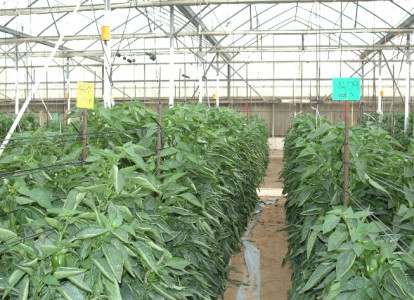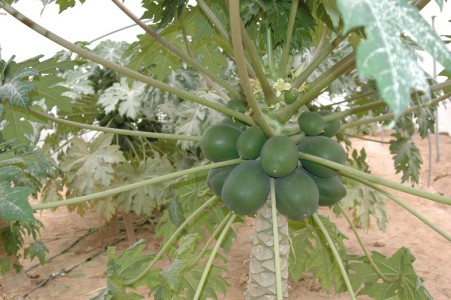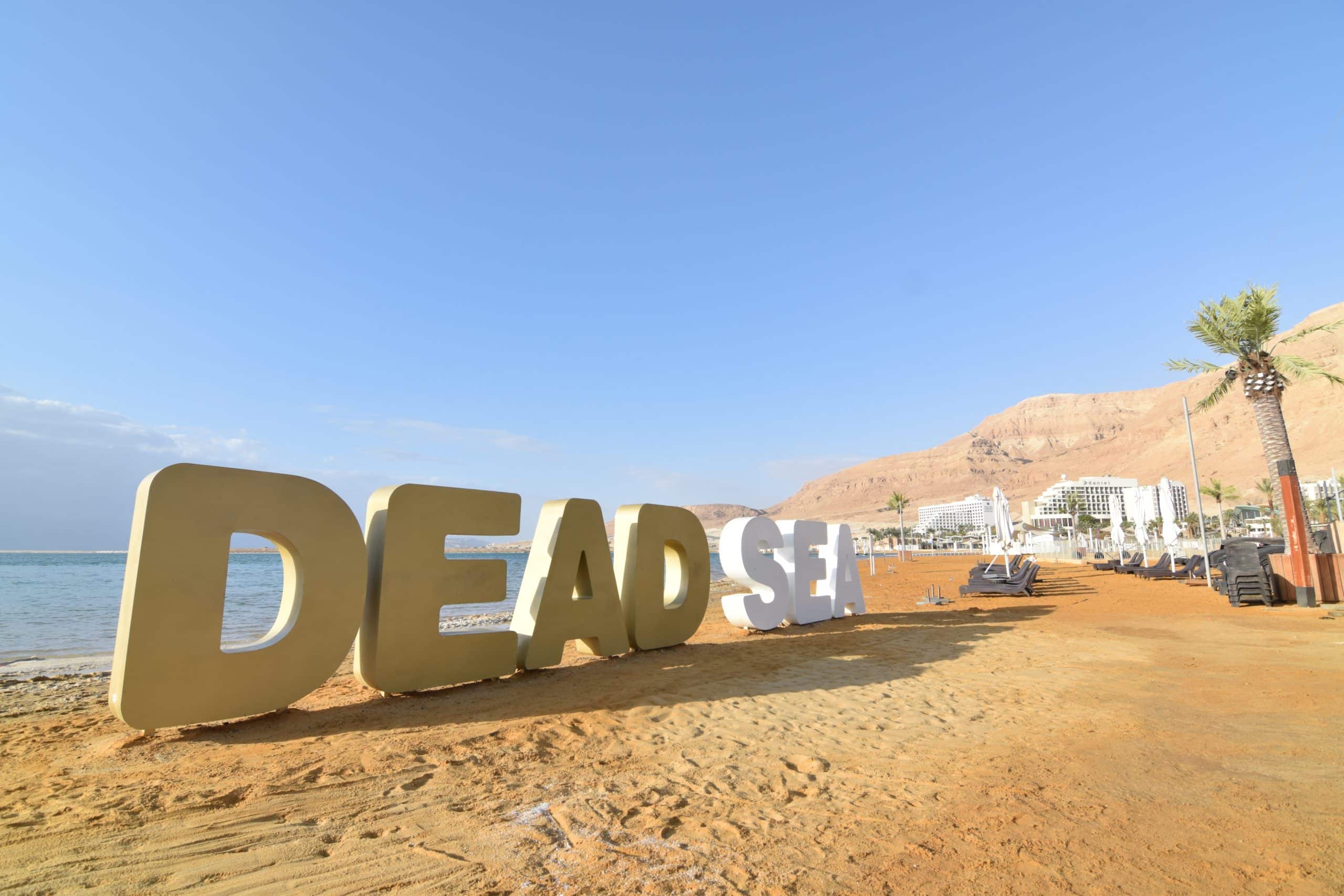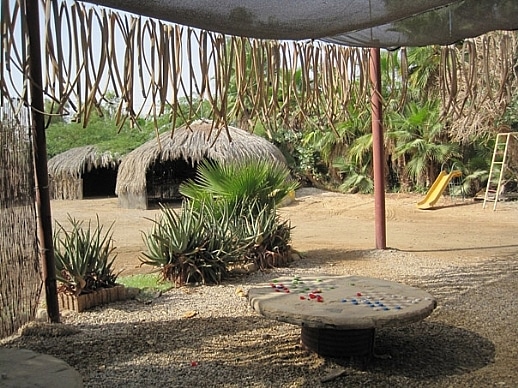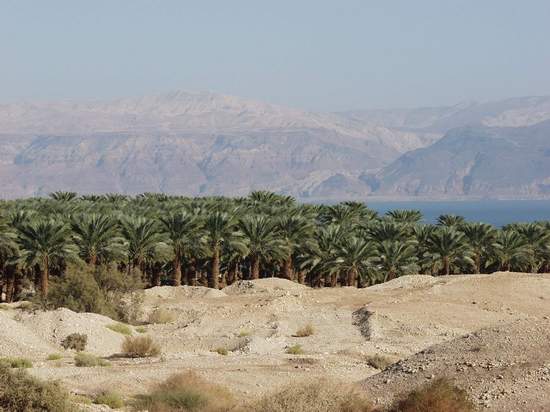Agriculture
It is difficult to imagine the desert being an agricultural growing ground. However, with the right resources, tools and technology, this arid terrain can and does produce a variety of plants, fruits and vegetables that provides an income for the six communities in the Tamar council’s region.
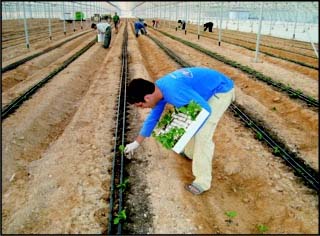
It is difficult to imagine the desert being an agricultural growing ground. However, with the right resources, tools and technology, this arid terrain can and does produce a variety of plants, fruits and vegetables that provides an income for the six communities in the Tamar council’s region.
Desert farming is nothing new; its history stretches back thousands of years ago. Native tribes, in the Sonoran Desert for example, relied on seasonal floods and took care to plant their crops downslope, so the flood water would reach them. Other cultures had created special canal systems, hundreds of miles long, to supply water for crops.
Despite the fact, that 50% of Israel is desert, the country has become a world leader in agriculture technologies. The nation grows approximately 95% of its own food requirements and exports much of this produce abroad. One of the most significant tools in agriculture today is the ‘drip irrigation system’ developed in Israel in the 1960’s. Drip irrigation, now a popular international and Israeli irrigation system, has contributed greatly to efficient water saving and increase in crop yield.
David Ben Gurion, the country’s first prime minister, once said: “There is room for only one Prime Minister, but for those who make the desert bloom there is room for hundreds, thousands and even millions.” The Negev Desert in the south of Israel has some characteristics which are advantageous to certain crops: large areas of land, high winter temperatures (which make crops ripen faster), extreme temperatures (which are beneficial for some crops), low precipitation (which means fewer disruptions to work), and remoteness from other areas – which lessens the chances of plant diseases and pests being transferred.
It is, therefore, not surprising to learn that the Dead Sea is also an agriculture ‘farm’. The land available for farming is limited to small areas along the shores of the salty lake, unlike further south in the Negev Desert. The main crop of this area is dates, with groves decorating the shores from the most northern point to the south. However, communities such as Neot HaKikar and Ein Tamar produce wonderful fruits and vegetables such as pomegranates, bananas, guavas, figs, olives, watermelons, melons, tomatoes, peppers, onions and eggplants.


